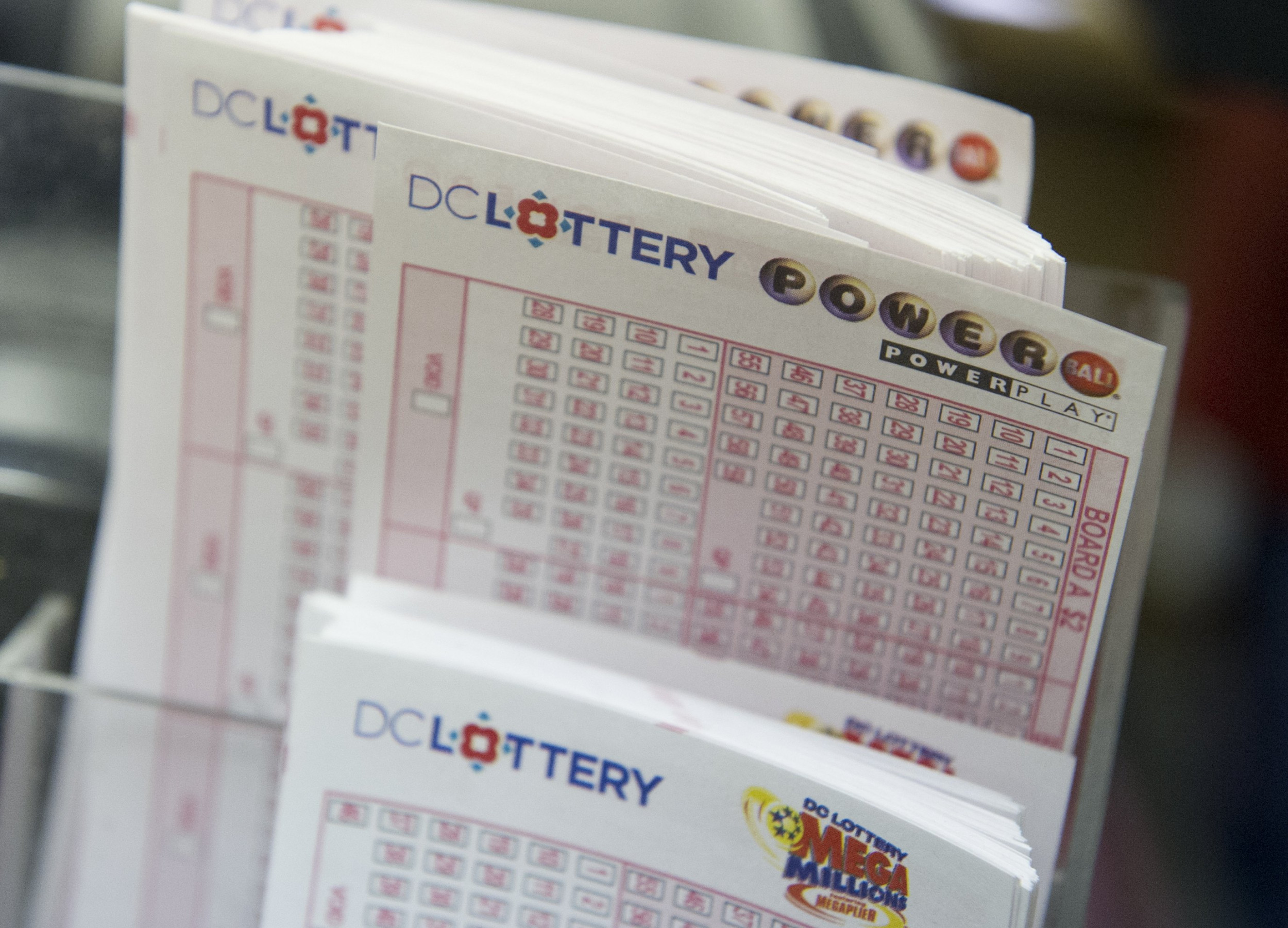


Click here to see the rate per state for lottery winnings. In addition to federal taxes, your winnings will be subject to varying state tax rates, unless you live in a state such as Florida which does not tax lottery winnings. Of that $651 million, you will owe tax on it at a rate 39.6 percent rate. The federal government will take 25 percent off the top of the lump sum –about $279 million – leaving around $651 million. With a $1.5 billion jackpot, you’re looking at a lump sum payout estimated at $930 million before taxes. The highest federal tax rate for 2016 is 39.6 per cent for income above $233,476 to $466,951, depending on your filing status. That depends on how you want to collect your money – a lump sum or a 30-year annuity. How much would you actually get if you hit the grand prize? Click here to see the potential additional winnings. It's called a "Power Play" and it costs an addition $1 per ticket. You can "upgrade" the ticket to something that increases the potential prize amounts.
#Powerball and get quickpick number plus#
Match five numbers without the Powerball and win $1 million match four plus the Powerball and you get $50,000 match three and the Powerball and you get $100 match three without the Powerball and you get $7 match two and the Powerball and you get $7 match one and the Powerball and you get $4 match the Powerball and you get $4. In Wednesday's case, approximately $1.5 billion. Match all the "white" numbers and match the Powerball and you win the grand prize. The drawing consists of five “white” balls being drawn, then one “red” ball - the Powerball – being chosen.
#Powerball and get quickpick number free#
In conclusion, it appears we have both mechanisms operating randomly and are free to compute the odds of winning, probability that there’s at least one winner, and, most importantly, our expected profits.You choose five numbers between 1 and 69, then one “Powerball” number between 1 and 26. These data strongly suggest that the Powerball computers are generating combinations with equal probability and thus at random. Without these data, it can be illuminating to look at the number of Powerball tickets sold and the percentage of the 292,201,338 possible combinations that are covered by those tickets. Analyzing the frequencies of the numbers that were generated would reveal the degree of randomness of the Quick Pick process. The randomness of these machines’ results can also be tested, but with more difficulty: it involves either buying large numbers of “Quick Pick” tickets or collecting ticket information from a large number of people. From those seeds, additional calculations generate numbers at rates that approximate randomness. This beginning number is often called the “seed.” Other seeds may be created from different phenomena that presumably occur without reason or predictability. In this process, the computer may use some information, such as the computer’s real time clock with precision to a millisecond, at the time that a request for a lottery ticket was made, to trigger a process that draws five numbers and one powerball number. In computer programming terminology, this is often called generating a “pseudo random” number. The potential problems come from the fact that computers are devices programmed by humans and so, almost paradoxically, they must be given a systematic method to choose random numbers. Without a machine to generate numbers with plastic balls, lottery machines nationwide have been generating numbers for ticket buyers in ways that may not give each number exactly equal chances of being chosen. How random are these numbers? Stephanie Keith/ReutersĮvaluating the “Quick Pick” numbers is more challenging. Without doing the statistical calculation and data collection, given the nature of this device for generating balls/numbers, it’s safe to assume that this process generates each number with equal probability. Studying the results from previous drawings would allow an assessment of whether each number is occurring with similar frequency. In short, the ball marked 68 may be more likely to be picked than the ball marked 1. Coupled with gravity, this may be enough to keep those balls lower in the container and thus more likely to be picked by the platform. It is possible – though it’s a stretch – that balls with printed numbers requiring more ink to delineate the number on the ball may weigh more due to the extra ink than balls requiring less ink. Generally speaking, it seems reasonable that each ball is equally likely to be selected by this process. This procedure is repeated for the selection of each ball (five white and one red, the “Powerball”). The air is then turned off and a ball is raised from the bottom via a platform and then removed from the container. The balls are dropped into the respective containers and then mixed in the container by what appears to be air injected from the bottom of the container.


 0 kommentar(er)
0 kommentar(er)
